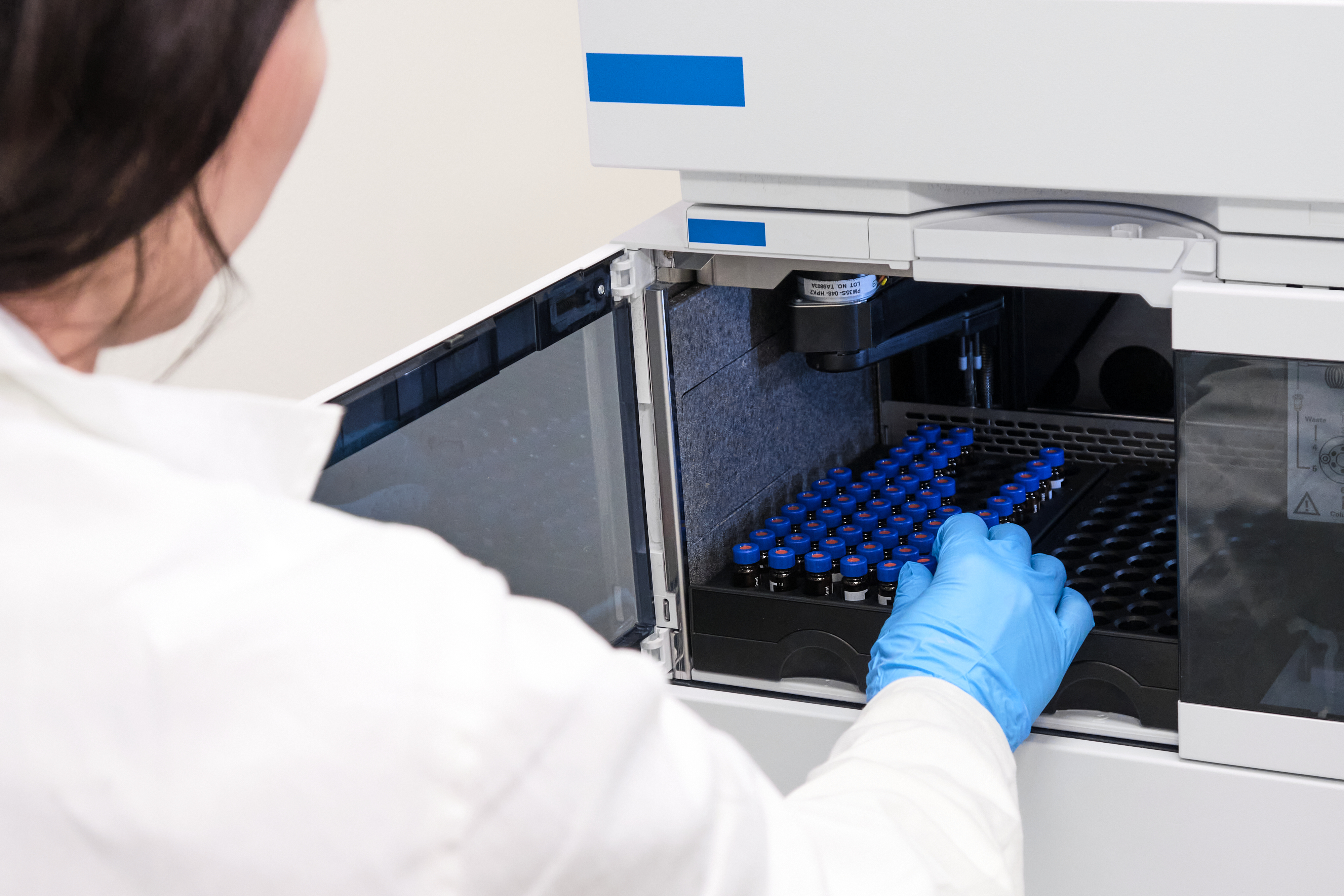EPA Method 2123
EPA Method 212.3
METHOD #: 212.3 Approved for NPDES (Issued 1974)
TITLE: Boron (Colorimetric, Curcumin) ANALYTE: CAS # B Boron 7440-42-8 INSTRUMENTATION: Spectrophotometer STORET No. Total 01022 Dissolved 01020 Suspended 01021 1.0 Scope and Application
1.1 This colorimetric method finds maximum utility for waters whose boron content is below 1 mg/L.
1.2 The optimum range of the method on undiluted or unconcentrated samples is 0.1-1.0 mg/L of boron.
1.3 This method is applicable to drinking, and surface waters, domestic and industrial wastes.
2.0 Summary of Method
2.1 When a sample of water containing boron is acidified and evaporated in the presence of curcumin, a red-colored product called rosocyanine is formed. The rosocyanine is taken up in a suitable solvent, and the red color is compared with standards photometrically.
3.0 Comments 3.1 Nitrate nitrogen concentrations above 20 mg/L interfere.
3.2 Significantly high results are possible when the total of calcium and magnesium hardness exceeds 100 mg/L as CaC0 . Passing the sample through 3 a cation exchange resin eliminates this problem.
3.3 Close control of such variables as volumes and concentrations of reagents, as well as time and temperature of drying, must be exercised for maximum accuracy.
3.4 Data to be entered into STORET must be reported as µg/L. 4.0 Precision and Accuracy 4.1 A synthetic sample prepared by the Analytical Reference Service, PHS, containing 240 µg/L B, 40 µg/L As, 250 µg/L Be, 20 µg/L Se, and 6 µg/L V in distilled water, was analyzed by the curcumin method with a relative standard deviation of 22.8% and a relative error of 0% in 30 laboratories.
5.0 Reference
5.1 The procedure to be used for this determination is found in: Standard Methods for the Examination of Water and Wastewater, 14th Edition, p 287, Method 405A (1975).

There are no products listed under this category.